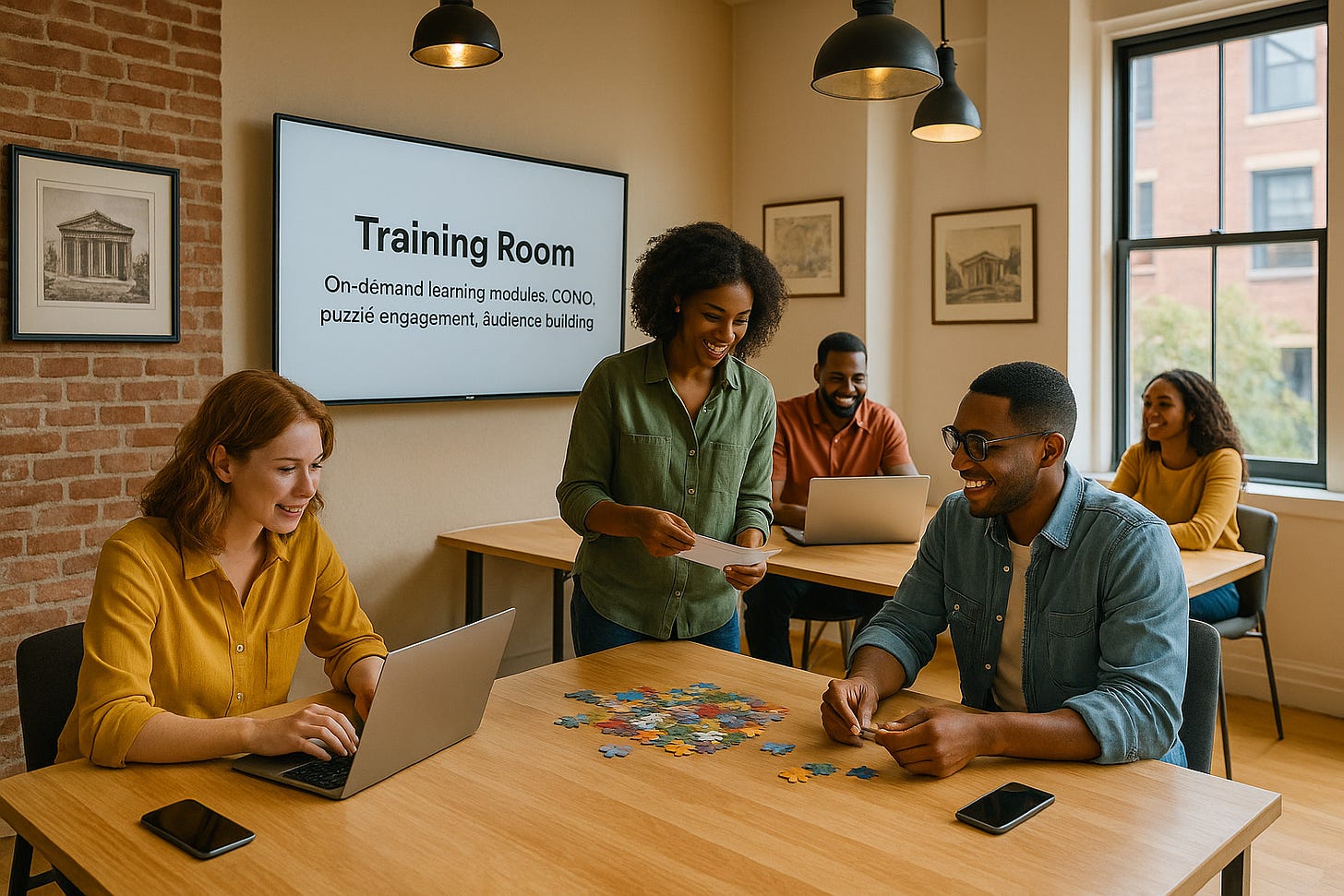Course Reflections
Every visual project starts with structure. Storyboarding is how you organize ideas into flow — giving shape to emotion, pacing, and meaning before production begins. In this module, you’ll learn how to translate abstract concepts into clear visual sequences that tell a cohesive story from start to finish.
Sequencing defines rhythm and engagement. When each frame or shot flows naturally into the next, your audience feels guided, not pushed. With ZoeAI assisting in layout, tone analysis, and scene transitions, your storyboard becomes more than a plan — it becomes the emotional architecture of your story.
Overview
Learn to design storyboards and visual sequences that connect emotion, clarity, and progression.
Understand how sequencing shapes audience attention and emotion
Build visual arcs that maintain rhythm and story continuity
Translate ideas into sketches or digital layouts for clarity
Use ZoeAI to test pacing and emotional alignment before production
Key Terms
Storyboard: A visual outline showing scenes, actions, and transitions
Sequence: The ordered flow of images or shots that create narrative rhythm
Beat: A key emotional or narrative moment in a sequence
Continuity: The seamless flow between scenes or visuals
Transition: The movement or visual bridge between frames or moments
Phase 1 — Learn (Core Principles)
Every story has beats; storyboards make them visible
Sequencing controls how the viewer feels and when they feel it
Clarity comes from rhythm and visual consistency, not excess detail
Good transitions connect emotion, not just visuals
ZoeAI can simulate timing, pacing, and emotional shifts for refinement
Phase 2 — Lab (See It in Action)
Scenario: A brand video follows three customer journeys. The storyboard uses parallel sequences — showing struggle, discovery, and success side-by-side. The visual rhythm moves from tension to release, creating emotional satisfaction and clarity.
Observation Task: Identify how sequencing, pacing, and visual parallels enhance narrative flow and emotional resolution.
Phase 3 — Build (Hands-On Exercise)
Choose one message or campaign to visualize.
Break it into 5–7 key beats (beginning, middle, and end).
Sketch or design simple frames for each beat.
Define transitions and tone changes between each moment.
Use ZoeAI to analyze rhythm, emotional curve, and scene cohesion.
Reflection & Challenge
If you had to tell your brand story in 7 frames, what sequence would carry both heart and clarity?
Mini Cookbook — Storyboard Framework
Define the emotional goal and narrative arc
Identify beats that mark transitions in emotion or focus
Visualize tone palette and rhythm across frames
Build for flow, not perfection — refine later
Use ZoeAI to simulate viewer response and flow
How ZoeAI Can Help
Analyze storyboard flow and rhythm before production
Predict audience attention drop-off or confusion points
Recommend pacing adjustments to enhance emotional impact
Integrate scene timing for music or dialogue alignment
Summary
A storyboard is the heartbeat of every story. It turns imagination into sequence and feeling into flow. With ZoeAI mapping rhythm and emotion, your story unfolds exactly as it was meant to be seen — clear, connected, and unforgettable.
Take the quiz and move to next module.


